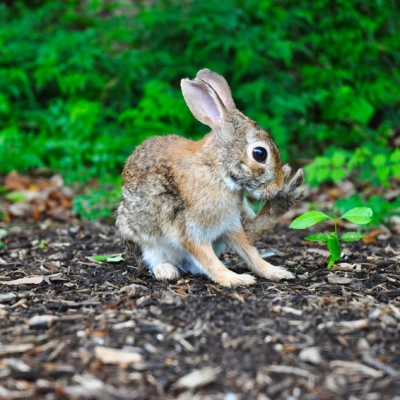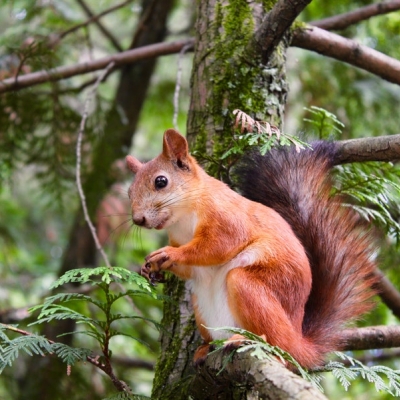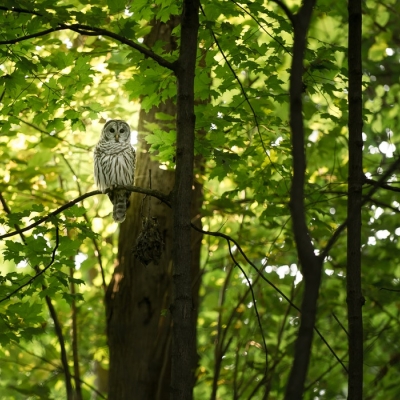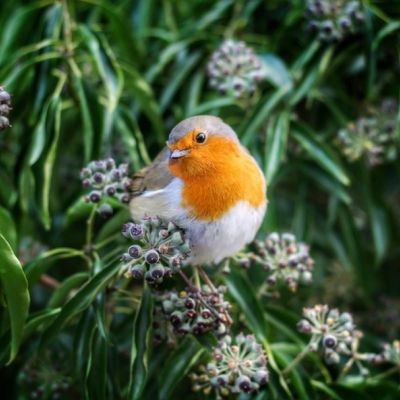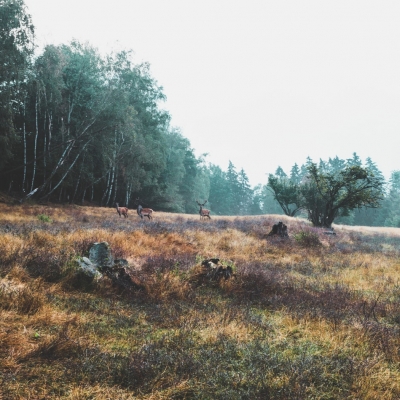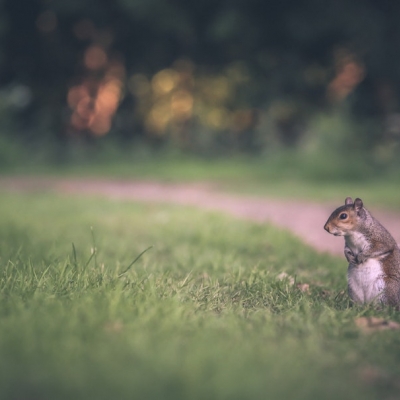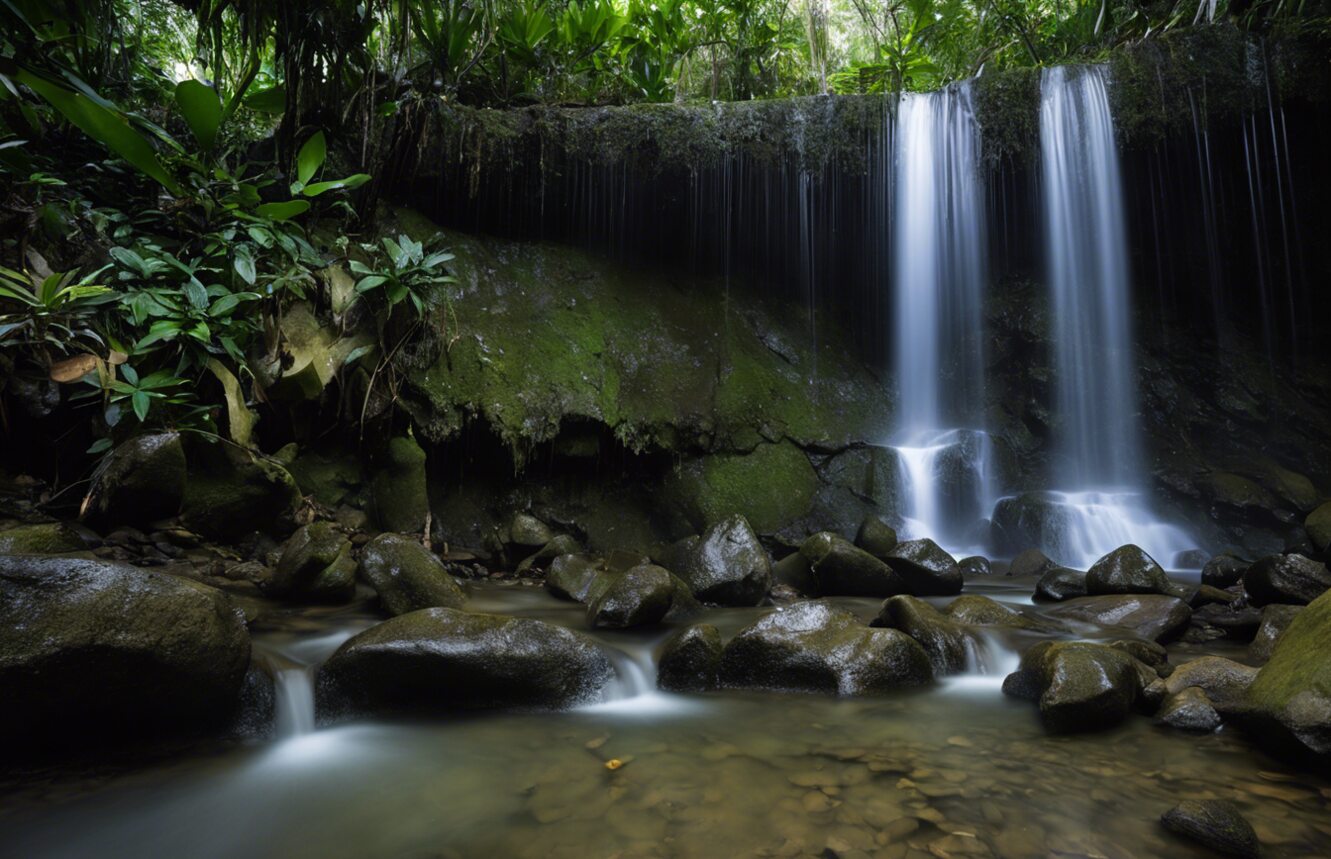
I would want to discuss with you today about conservation of biodiversity and forest ecology, two topics that are dear to my heart. Though at first these words may seem a little scary, believe me when I say that knowing them is not only fascinating but also necessary for the survival of our world.
Let's for a moment imagine a lush, alive forest, one that has been there for thousands of years. Forest ecology is concerned with the maintenance of this delicate balance, one enjoyed by all living things, from the tallest trees to the smallest insects. Every piece is a component of this enormous puzzle, which fits precisely in place to form a healthy ecosystem.
What then is the need of protecting biodiversity in forests? It is, I must say, like guarding a rare treasure or a mine of precious ore, just this treausre chest is full of unusual plants, animals, and microbes that may hold the key to ground-breaking discoveries. The reason is simple, due to all of the rare species that awe with their beauty or the medicinal plants buried deep in the rainforest are a part of this complex web of life.
I really cannot emphasize this enough, but their is a massive need for us (all of us) to protect these priceless ecosystems, having spent many hours exploring forests and being in awe of their beauty. Whether it's by reforestation initiatives, sustainable logging methods, or just raising awareness of the value of biodiversity preservation, everyone of us can have an impact.
How therefore might one delve more into the fields of biodiversity conservation and forest ecology you may be asking yourself. That part is easy. Walk in nature reserves or lend a hand with neighborhood conservation initiatives to start. The posibilities are really endless, just getting out their is enough. Because of just how much you can learn simply by looking around you, exploring the natural world will astound you due to the diversity and wonder it offers.
Please recall that we, as stewards of this earth, have the responsibility to safeguard its treasures for coming generations. So go out and enjoy the beauty of nature; it will motivate you to become a champion of biodiversity and forest ecology. I promise you that you won't ever view forests the same way again once you begin exploring this fascinating world, I promise.
Let us together appreciate the enchantment of forests and strive to build a sustainable future in which humans and nature coexist peacefully. Prepared to start this thrilling adventure? Hope so, for sure!
Continue to be wild and to discover the world.
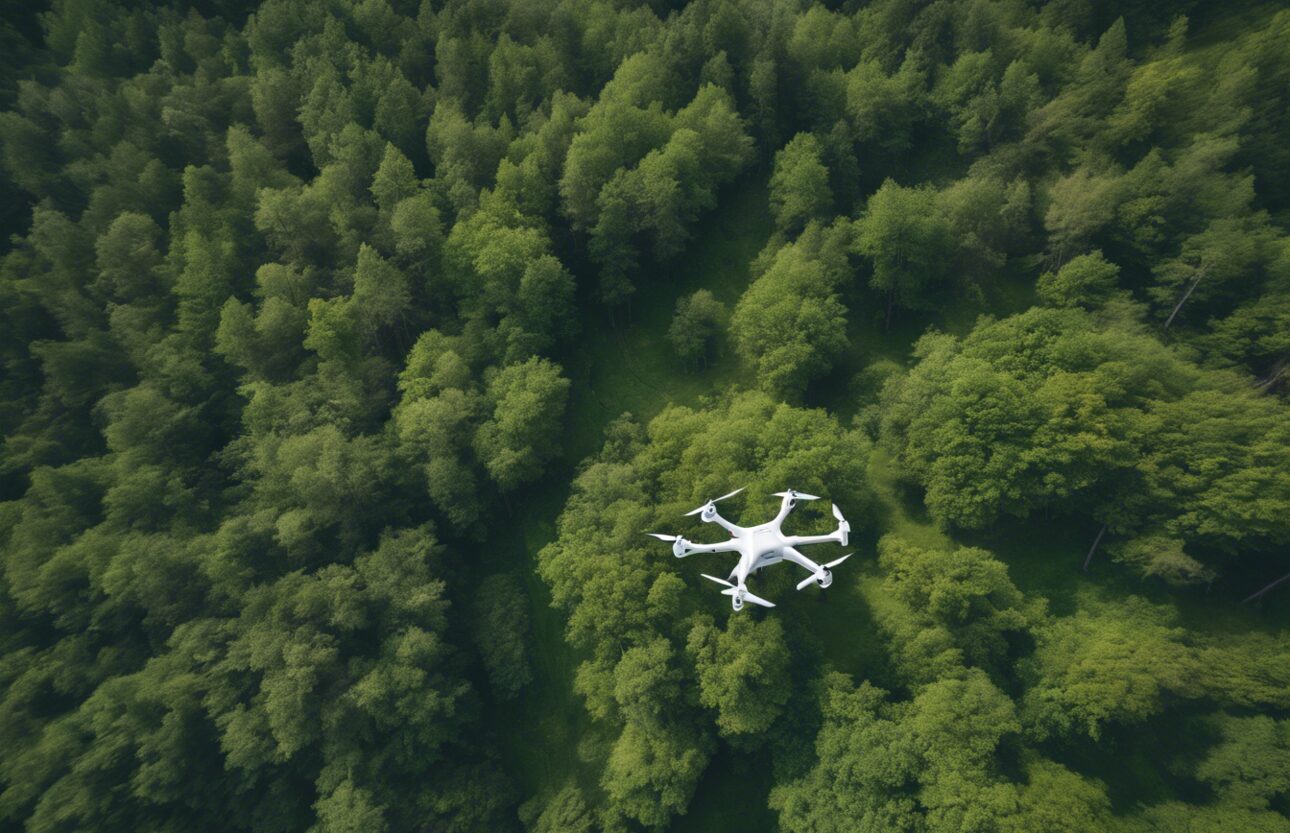
I can state with certainty that, having traveled through deep forests and marveled at the beauty of tall trees for a considerable period of time, I have seen directly how important it is to stay up to date on the latest developments in the forestry industry. As I say, a lot has changed since the days when planting trees and hoping for the best was all that was needed.
Modern forestry practices mostly depend on sustainable forest management, which is centered on achieving a balance between ecological, economic, and social aspects in forest management. This approach will meet the needs of the present generation as well as those to come while maintaining the diversity and health of forest ecosystems.
Using cutting edge monitoring technology is one of the most crucial components of sustainable forest management. Thanks to these technical developments, foresters may now gather data on water quality, biodiversity, and tree growth rates in real time. By ongoing observation of these factors, experts can decide how best to manage a certain forest area without endangering its long-term existence.
Not only have monitoring technologies developed, but the use of sophisticated modeling methods has fundamentally altered the way that forestry experts view forest management. These models can model many different situations and forecast possible results depending on different management techniques. Foresters can make better, more strategic decisions by using these models to evaluate the possible effects of their activities before they carry them out in the field.
Putting sustainable forest management techniques into practice usually calls for stakeholder and community cooperation. Modern forestry methods stress the need of local stakeholders taking part in decision-making processes since forests are not only natural resources but also significant cultural and social spaces for many communities. When creating forest management plans, this comprehensive approach that takes a variety of viewpoints into account eventually produces more successful and long-lasting results.
All things considered, sustainable forest management is a major development in the forestry industry that will guarantee our forests are productive and healthy for many years to come. Today's forestry professionals are more qualified than ever to meet the many demands of society while preserving and protecting our priceless woodlands by using cutting-edge technologies, modeling methods, and community involvement strategies.
Step Inside Technology
Drone use in forestry is an other fascinating advancement. You did really read correctly—drones! How we map forest landscapes, keep an eye on tree health, and even put out wildfires is being transformed by these high-flying devices. Talk about ushring forestry into the twenty-first century!
Continue, though! Not insignificantly, genetic engineering has influenced contemporary forestry methods. Researchers have created fresh opportunities to increase forest productivity with the least amount of environmental effect by creating specifically bred tree species that are faster to grow or more resistant to diseases.
Now, from someone who has been around the block (or should I say around the forest?) here are some advice if you're considering a career in forestry or want to progress in your present path:
- Don't be afraid to ask questions and keep up with new advancements in forestry research. You'll be better able to influence change in this always changing industry the more you know.
- Get together with other forest-loving people, join trade associations, and attend conferences. Creating a solid network can lead you to fascinating prospects you were unaware existed.
- Gaining proficiency with drone technology or GIS software will give you an advantage in the modern forestry industry.
- Get Your Hands Dirty! Spend some time in the field, become at ease identifying trees, and pick up tips from seasoned experts who are willing to impart their priceless expertise.
Here it is, then, a peek into some of the amazing study and invention that have influenced contemporary forestry methods during the past fifty years. Having great affection for our forests, I'm happy to see how far we've come and eager to see what's next. Recall that preserving our natural world for coming generations is a calling that calls for commitment, passion, and dedication. It is not just a job.
Keep sowing those change-seeds; you never know what powerful forests might sprout from them!
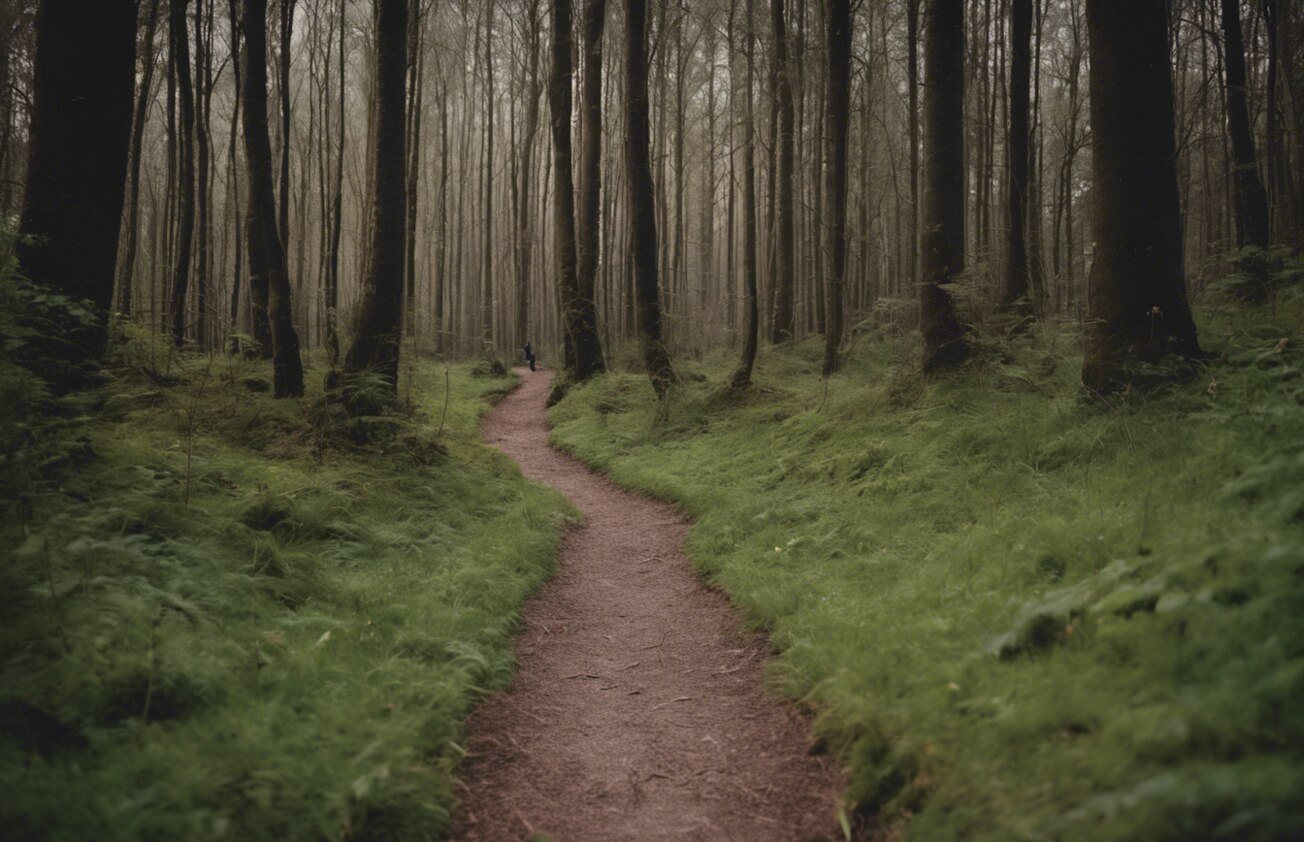
It's an amazing journey full of obstacles but so rewarding, I promise.
Having worked in forest ecology for some years now, I can attest that it is a demanding profession. Don't let that, though, turn you off! It is very satisfying to make the kind of difference that we do in protecting our environment.
I was worried when I first started out about juggling my work and my family. Long days in the field looked like there wouldn't be much time left over for spending with my loved ones. But, suprise. Making that balance work is everything.
Consider my daughter. Being in the middle of nature, she is learning about trees, plants, and animals directly. She now includes our work into her life, and it is all worthwhile to witness her interest and passion for the natural world.
Seeing how deeply my daughter connects with nature has been incredibly fulfilling for me as a parent.
There is little else so beautful than a child's curiosity.
She was raised among forests, plants, and animals and has always been enthralled with the beauty of the natural world. Beyond what she could learn from textbooks alone, this practical experience has helped her to cultivate a sincere respect for the environment.
I've seen how our efforts to save the environment have permeated her everyday existence. On short walks (she is still small mind you) through verdant forests, she enthusiastically asks me, pointing out various plant species and paying close attention to the bird songs. She is insatiably curious and probes everything she sees to find out more about the complex ecology all around her.
Observing her love of the surroundings blossom right in front of my eyes is what makes my heart sing. From little insects to enormous trees, she treats all living things with respect and compassion. Her contagious passion for conservation and sustainability encourages people around her to act and change the world.
With my daughter, every minute we spend outdoors together is an opportunity to learn and to grow closer over our love of the natural world. Working together, we are making lifelong memories and engraining in her a strong sense of obligation to protect our world for coming generations.
Observing my daughter grow up in a natural setting gives me unfathomable happiness. It serves as a timely reminder of the need of developing in our kids a deep bond with the natural world and fostering their natural curiosity and admiration for all of its beauties. I'm hoping by raising her this way, she will live a lifelong love of the environment and will fight for its preservation long after I'm gone.
In forest ecology, you will work on conservation plans, study ecosystems, and carry out research. Working hands-on calls for commitment and enthusiasm (and a lot of time). But believe me when I say that the contribution you make to protecting our natural environment is unbelievably fulfilling.
You can manage to balance work and family if you're thinking about a career in forest ecology. I am proof of that. But you will also discover ways to share your love of the outdoors with those you care about. Tell them about your experiences, include them in projects if you can, and create memories in the great outdoors.
I hadn't though it possible, I was uncertain at first when it happened. But it is feasible. So don't worry if you are apprehensive about taking that plunge into the field of forest ecology, then rest assured you can do it. Accept the difficulties, enjoy the successes, and never forget that family is always welcome along the path of protecting our environment. Both professionally and personally, we can change things together.
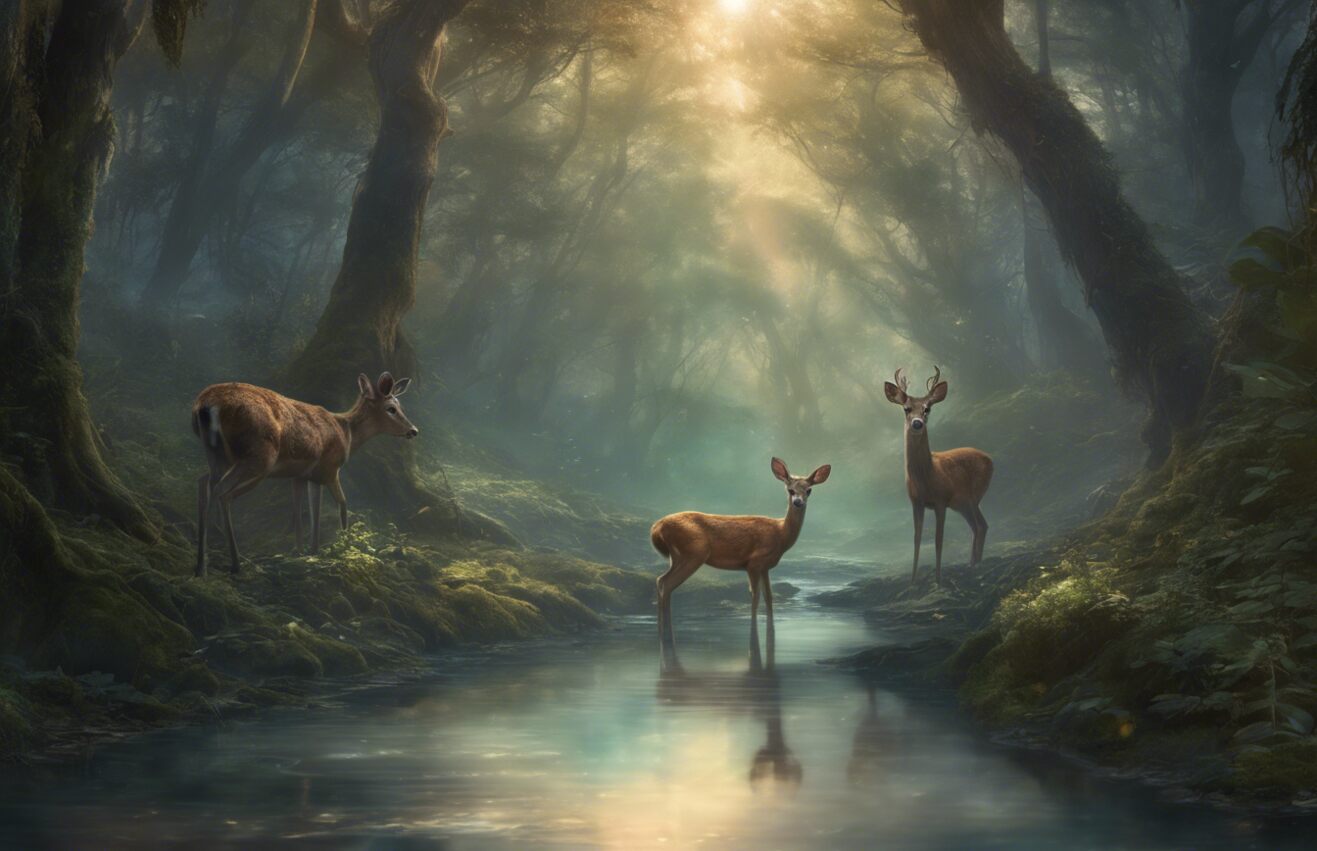
Hello there, today we'll explore the fascinating field of wildlife habitat management in woods today and see why it's an essential component of the puzzle for preserving the stunning wildlife on our world.
There is a dense forest full of life somewhere not too far from where you are. Squirrels occupied collecting nuts, deer gracefully moving, and birds singing sweetly. It sounds as though nature herself is conducting the symphony. Imagine now that land management practices gone wrong or deforestation had upset this harmonious ecosystem. That alone breaks my heart.
Natural ecosystem conservation and preservation heavily depend on wildlife habitat management. Having walked through forests for many hours, I have seen directly how habitat loss affects animal populations. A harsh reality out there is species losing their homes, battling to find food and water, and being threatened by predators because they have nowhere to hide.
Thankfully, in these circumstances wildlife habitat management is the unsung hero. Our furry (and not so furry) friends can have the resources they need to live by carefully designing and putting into practice plans to preserve and improve habitats within forests. Creating bird nesting places, paving the way for bigger animals to move around freely, and keeping a varied vegetation that supports a range of species are all part of this proactive approach.
Wildlife corridor development is an essential component of wildlife habitat management. Animals may travel between different places in quest of food, mates, and shelter thanks to these pathways that link dispersed habitats. By preserving these pathways, we support genetic diversity within species and help avoid population isolation.
Invasive species are removed, native vegetation is planted, and sustainable land use techniques are implemented as part of habitat management initiatives. Wildlife is benefited by these activities, which also improve ecosystem health generally by making ecosystems more resilient to environmental changes like climate change and natural calamities.
Essentially, the maintenance of wildlife habitats is essential to guaranteeing biodiversity and ecological balance in forest ecosystem. Our ability to preserve and improve wildlife species' habitats will help to build a more sustainable future in which people and nature may live in harmony.
Still, maintaining whole ecosystems is just as important as safeguarding specific species. Every plant, insect, bird and mammal contributes in a different way to the complex web of existence. Like a thread pulled from a tapestry, the entire system can come apart when one component disappears.
How then might we support this admirable goal? There are ways that everyone of us can help, regardless of experience level in the woods or just passion for hiking. Encourage environmentally friendly forestry techniques, lend a hand with local habitat restoration projects, and spread the word about the value of conservation. Every little effort adds up to a big difference.
Wildlife habitat management protects the biological variety of our world for coming generations, not just cute animals. As custodians of this amazing planet, let us welcome our duty and cooperate to make sure that forests continue to be safe havens for wildlife. It is, after all, our house as well as theirs.
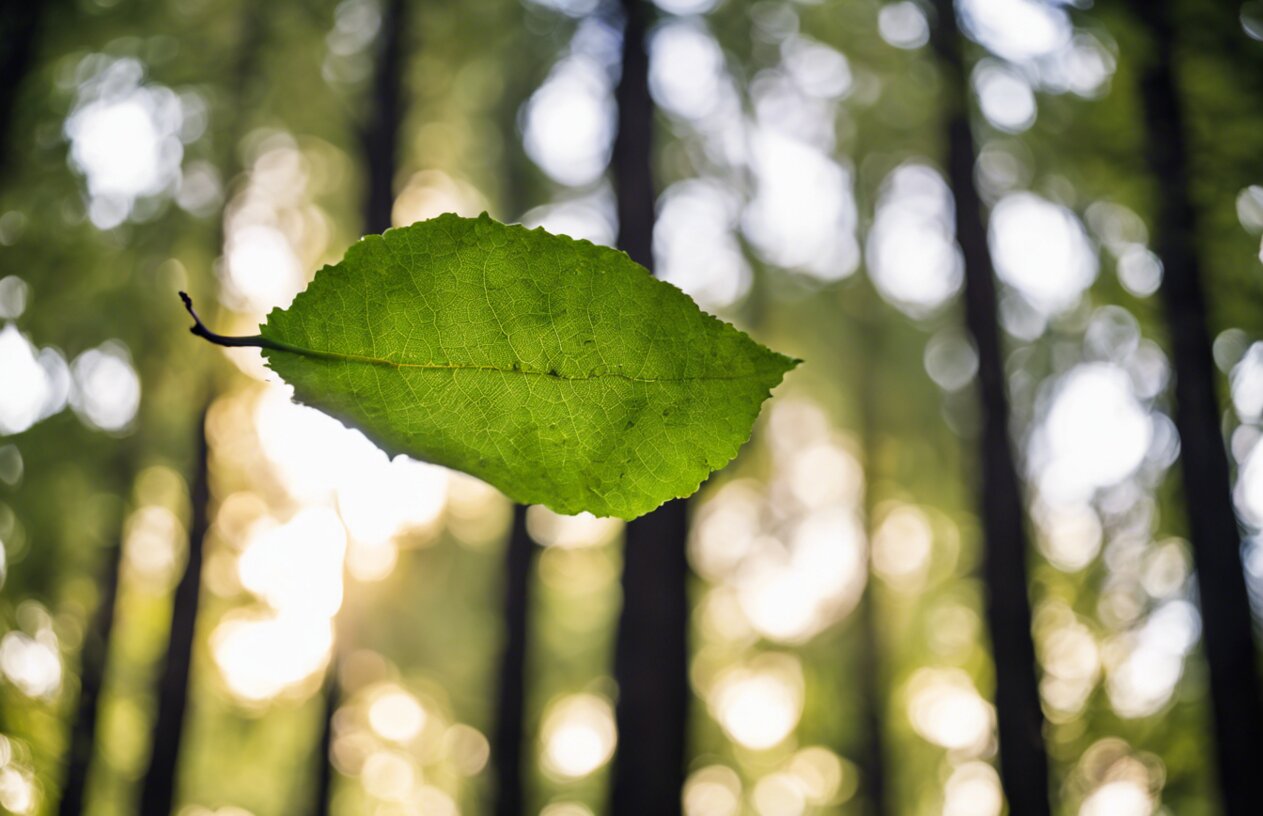
We're delving into the amazing realm of tree species identification today. Knowing the various species of trees can really improve your outdoor experience, regardless of experience level with trees.
Let us first discuss the need of tree species identification. Understanding local ecosystems and biodiversity to making wise choices about conservation initiatives are just a few of the ways that knowing the kinds of trees around you can be helpful. Going through the woods and being able to identify that majestic oak or elegant maple is also just plain fascinating.
Alright, ready to get started? Great! Now on to some methods of tree species identification now. Among the most often used techniques is leaf examination. No matter the tree there are important hints in the size, arrangement, patterns, and shape of the leaves. Because of their characteristic palmate shape and serrated edges, maple leaves, for instance, are readily identifiable.
Bark is a further important characteristic to notice. Between species, bark varies in texture, color, and pattern. Consider the distinctively white bark of birches or the deeply creased bark of an old oak; each has a different story to tell.
Remember fruit and flowers as well! These reproductive structures may be identifying clues. Picture the vivid cherry tree blossoms or the spiky sweetgum balls strewn over the ground.
There are also many of apps available that use image recognition technology to help identify trees based on pictures you take for those tech-savvy tree lovers.
When I first got started I found carrying a pocket guidebook with vibrant pictures to be useful when I first started learning about tree species identification. My nature walks became thrilling treasure hunts as a result!
Let's quickly review now using instances:
- Oak Trees: Recognizable by their lobed leaves and of course the acorns they produce.
- Pine Trees: Distinguished by clusters of needle-like leaves that make up the body of the tree.
- Maple Trees: Easily identified by their distinctive palmate-shaped leaves which appear on the Canadian flag.
- Birch Trees: Characterized by their striking white bark that is a personal favorite of mine.
- Apple Trees: Hum, these can be a bit tricky, but just watch for delicious fruits in the fall and fragrant blossoms in the spring.
I selected trees that everyone will readily know so that children will find it easy to follow along. Tree identification comes down to patterns, and how well we can recognize them. Recall that when identifying tree species, practice makes perfect. Leave the house, pay close attention, and before long you'll be identifying various trees like an expert!
So the next time you're out enjoying the wonders of nature, stop to notice the variety of trees all around you; they all have a unique story to tell. Happy searching for trees!
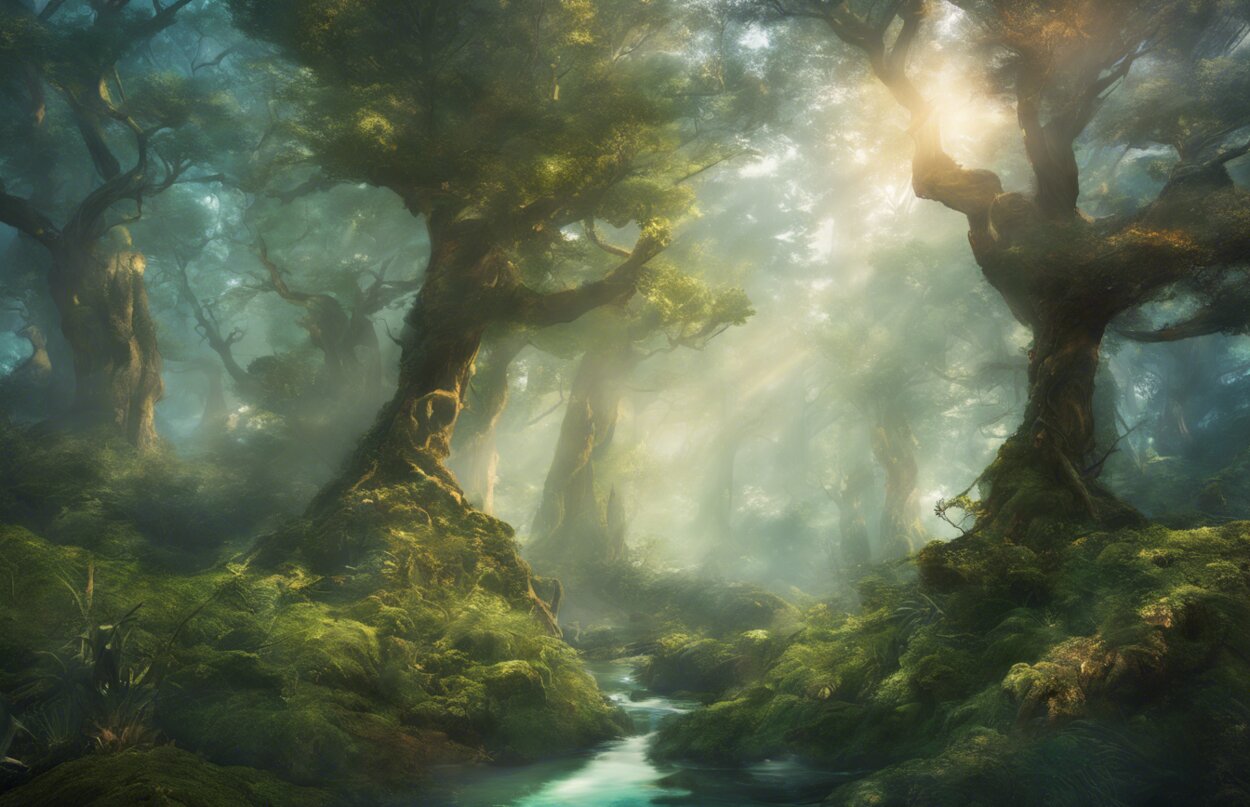
Probably by now you're interested in learning more about these programs and why they exist. Now buckle up because I'm going to reveal something insider!
Forest certification programmes are vital if we are to ensure that forests are managed sustainably and preserved worldwide. For those of you who are interested in this field, there are two well-known organizations to research, they are the Programme for the Endorsement of Forest Certification and the Forest Stewardship Council. These groups both significantly advance the field. One of the main contributions these initiatives have made is to promote moral forest management methods that help local communities, biodiversity preservation, and the fight against climate change.
Established as a non-profit in 1993, the Forest Stewardship Council (FSC) works globally to set social and environmental guidelines for ethical forest management. Part of the FSC certification process is a thorough evaluation of forest management methods to ensure that they fulfill these standards. With the use of this certification, customers can identify products coming from forests that are managed sustainably and make wise purchases.
Similar in approach is the Peer-Edwards Forestry Commission (PEFC), an autonomous body that encourages sustainable forest management through its certification scheme. You can be sure that certified forests by the PEFC have met the strict standards that emphasize social responsibility, environmental protection, and economic feasibility.
Forest owners may show their commitment to ecologically friendly forestry methods and support the global effort to stop deforestation and preserve natural habitats by earning PEFC certification.
The maintenance of healthy forests worldwide is greatly dependent on the FSC and PEFC certifications. Programs like selective logging, reforestation, and habitat preservation help to maintain the ecological balance that exists in forest ecosystems. They also uphold the rights of indigenous people who otherwise have little agency, back fair labor practices for at risk groups, and encourage economic growth by implementing ethical forestry practices in the communities where they operate.
Programs for forest certification offer hope for the natural resources on our world, which are in jeopardy of being exhausted by climate change and biodiversity loss. Through following strict guidelines set by groups like the Peer-Edwards Forestry Commission (PEFC) and the Forest Stewardship Council (FSC), forestry industry stakeholders can work together to guarantee that forests remain healthy ecosystems that benefit people and wildlife for coming generations.
Just How Effective Are They?
Personally, I can vouch for the fact that these certification programs are crucial to the process of preserving our valuable forests having worked in the forestry industry for a number of years. If you come upon a product that has the FSC or PEFC certification, it's like having an official seal of approval indicating that the product comes from a forest that is responsibly and environmentally managed.
As a member of a certified forest management team, you have to follow very strict rules about community involvement, reforestation initiatives, and logging operations. Making sure that next generations will have the chance to enjoy the natural treasures that our forests have to offer is just as crucial as felling trees.
If a career in forestry or a related field interests you, you should be knowledgeable about forest certification programs. Without these certifications proving their commitment to environmental preservation, companies involved in sustainable forestry are unable to operate.
Gaining understanding of FSC and PEFC standards can make a big difference in terms of interesting career prospects in sectors like ecotourism, conservation, or forest management.
Thus, look for labels indicating the FSC or PEFC certification the next time you are out shopping for wood products or admiring exquisite furniture crafted from timber. Buying certified goods shows your dedication to ecologically friendly forestry methods and advances the state of our world.
Moreover, programs for forest certification are not only a kind of bureaucratic red tape but also potent tools that can be used to safeguard our forests and guarantee a future where everyone will live in a more ecologically friendly environment. I would like to warmly invite you to join me in promoting environmentally friendly practices and informing people about the importance of certifications like FSC and PEFC because I have personal experience with the enchantment that can be found in well managed forests.
Every one of us can change things, one tree at a time!






